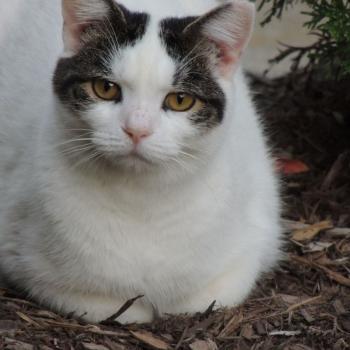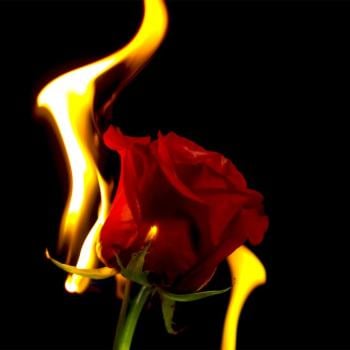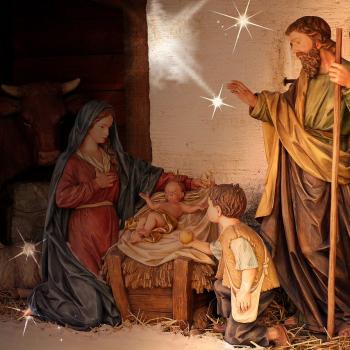
Health and Faith – The Twain Did Meet at the Broad St. Pump
The story of John Snow and the Broad Street pump is foundational in any basic epidemiology course. An anesthesiologist who became known as the father of epidemiology, John Snow, is credited with discovering the source of the London cholera epidemic of 1854. He solved the mystery by collecting and analyzing the data. A simple intervention helped to stop the spread of cholera, and the people of the Soho district of London lived happily ever after.
OK, I added the “happily ever after” part, but I do remember hearing this story as a public health student. My epidemiology professor at the Johns Hopkins School of Public Health ended the story by telling us about the simple solution that helped put an end to the epidemic. As an educator, I have also shared this story with learners at various levels – from high school students to medical trainees.
A game has even been developed based on this story, in which participants are given the same information that Dr. Snow had. Participants are then asked to work in groups, using the information provided on “clue cards” to determine the source of the epidemic.
The Missing Link
Dr. Snow is credited for determining the source of the cholera outbreak, but he didn’t do it alone. Another person who played a prominent role in this process has been largely overlooked. It’s been over two decades since I first heard the story of John Snow and the Broad Street pump, and I only very recently heard about the Anglican priest who played a significant role in solving the mystery.
Challenging the Status Quo
At a time when cholera was believed to be an airborne disease, Snow theorized that it was spread through contaminated water but had a hard time convincing people of this. Others believed that the cholera outbreak was a punishment from God. Prominent among the latter group was Rev. Henry Whitehead, an Anglican priest who was well respected in his community.
Whitehead was very concerned about the cholera outbreak and his parishioners were looking for answers as to why their community had been struck with such a terrible disease. In an attempt to reassure his parishioners, he started looking for answers. Rev. Whitehead believed that if cholera was a punishment from God, there had to be a way to appease God and eventually stop the spread of the disease. He heard about Snow’s theory and wanted to prove him wrong.
At about the same time, Snow wanted to find evidence to support his theory that cholera was a waterborne disease. He went from door to door, collecting information and documenting where the major outbreaks had occurred. Even with all this data, he lacked the specific information that he needed to prove his theory. Rev. Whitehead had the necessary connections and “inside” information that Snow needed, and they decided to work together.
Putting the Pieces Together
Frances Lewis was a five-month-old baby who died of cholera on the 2nd of September, 1854, at the start of the epidemic. Her family lived opposite the Broad Street pump. Due to the relationship Rev. Whitehead had with the family, he was able to provide information that Dr. Snow would not ordinarily have had access to. It turns out that Frances’ mother had washed her soiled clothes and emptied the dirty water into a cesspool, which leaked into the water that supplied the Broad Street pump. It was determined that Frances must have been the “index” case, but Snow still needed more information to prove that cholera was spread through water and not air.
Rev. Whitehead once again provided crucial information. A widow living in Hampstead also died of cholera on the same day that Frances Lewis had died. Her niece also succumbed to the disease the next day. Neither of them had been anywhere near Soho for a long time, so their illness could not be attributed to breathing Soho’s “polluted” air.
Dr. Snow interviewed the widow’s son and found out that she once lived on Broad Street and liked the water there. In fact, she liked it so much that she had been sending her servant back for water every day. The last bottle of water had been fetched on August 31, which coincided with the start of the cholera epidemic in Soho. Her niece had also drunk from that supply.
Doctor and Priest Unite
Together, Dr. Snow and Rev. Whitehead convinced the people that the source of the outbreak was contaminated water from the Broad Street pump and for the handle of the pump to be removed, even though by then the epidemic had started to subside.
Lessons Learned
Rev. Whitehead, the clergyman who had initially set out to prove Dr. Snow wrong, ended up changing his mind when presented with the data. This shows the importance of being open to changing one’s opinion when presented with compelling information.
When the two men joined forces, their collaboration led to a simple public health intervention – the removal of a pump handle – that had a profound impact on public health.
Without Rev. Whitehead, Dr. Snow would not have had the data he needed, and his theories would not have become credible. This story exemplifies the potential impact that collaboration between the faith and science communities can have on public health. More recently, during the COVID-19 pandemic, we observed various reactions from religious leaders. Some of their responses were in direct opposition to public health recommendations. I shared some examples of the varying responses in a separate essay titled The Pandemic and the Church.
Our modern-day religious leaders who don’t believe in public health measures would do well to learn from the example of Rev. Whitehead and Dr. John Snow, who looked beyond their initial disagreements and eventually worked together for the greater good.
The faith and health communities can and should continue to “meet,” even as they did at the Broad Street pump.
Check out my website. | And my Amazon author page.













